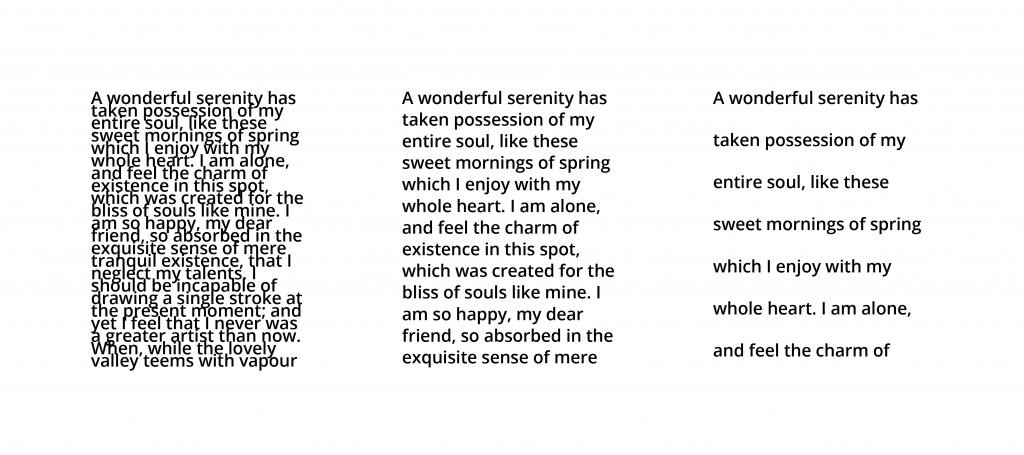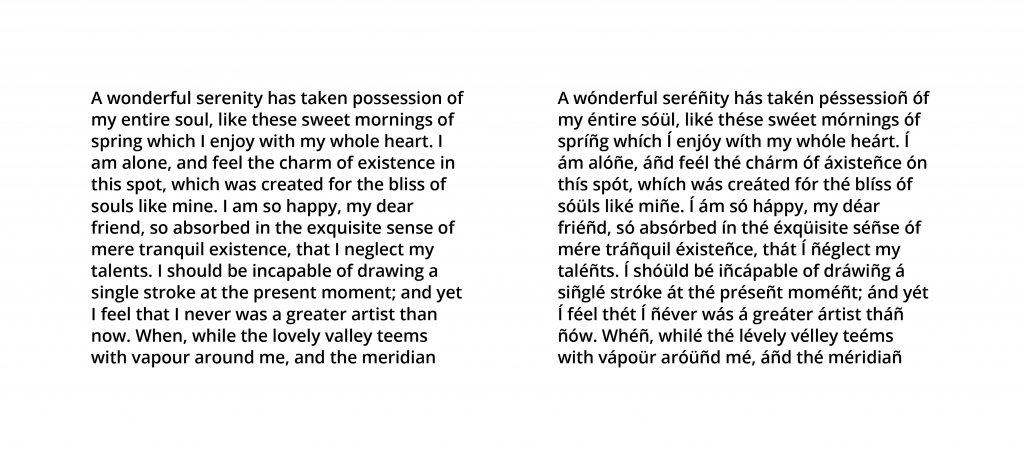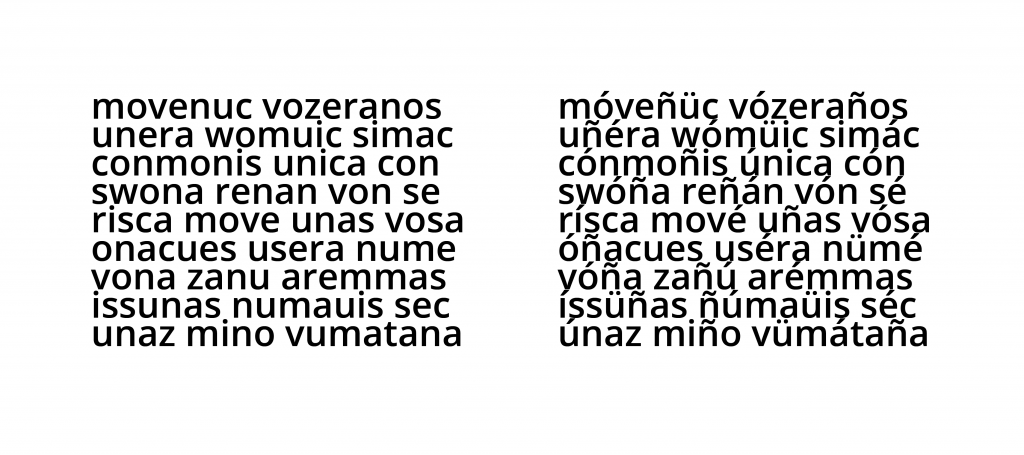06.04.16 — Journal
Here Comes the Sun
With the recent change of office at Erretres and the chaos that Semana Santa brought to the city, it’s been nice to kick back again once more (in a new flat, no less) and enjoy the mellow atmosphere of Madrid. I moved to my new flat about a week and a half ago, and I’m now living in a quaint little district called Quintana with my lovely new hosts, Pilar and Veronica.
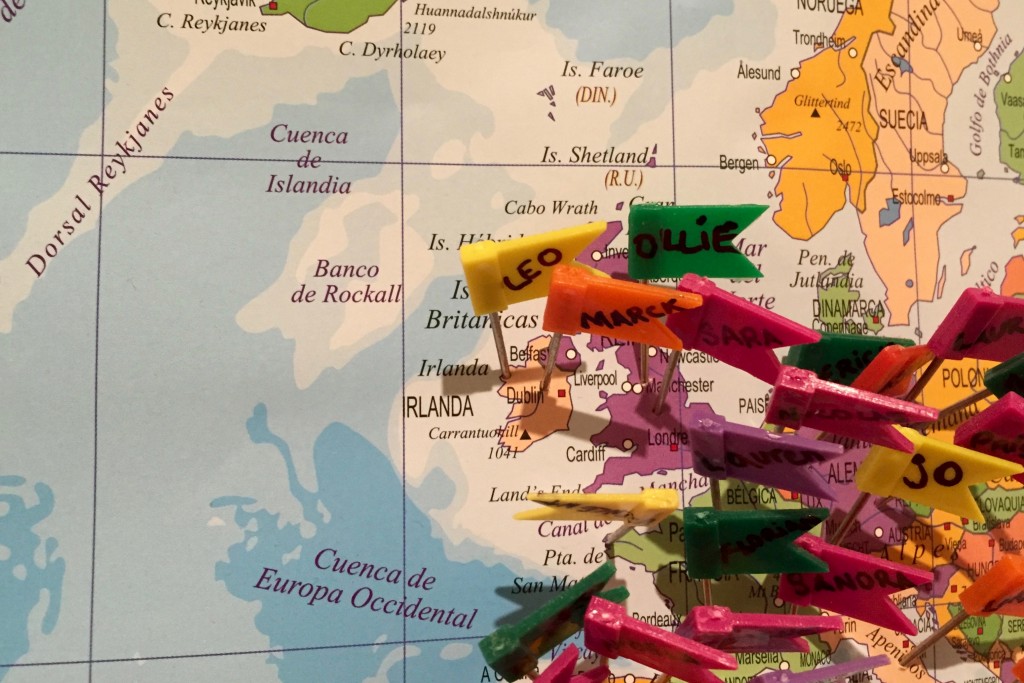
A new flat means a new route to work, and so now I alight the Metro at the almost annoyingly gorgeous area known as Ópera and Royal Madrid, and I have the laborious (ha!) task of wandering through the Oriental Gardens and past the Royal Palace en route to the studio.
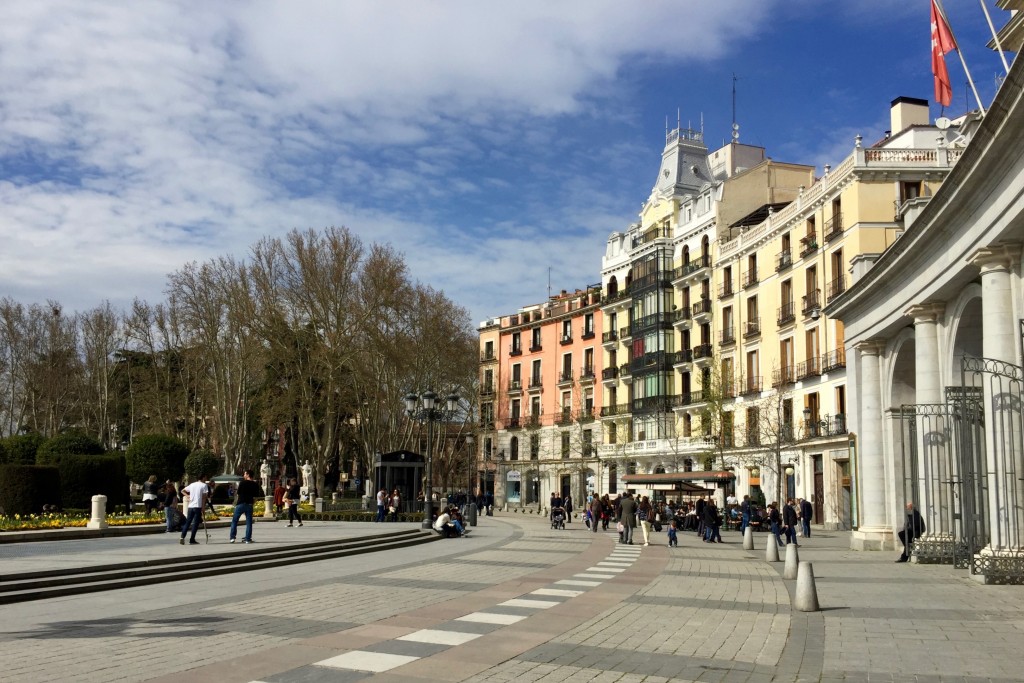
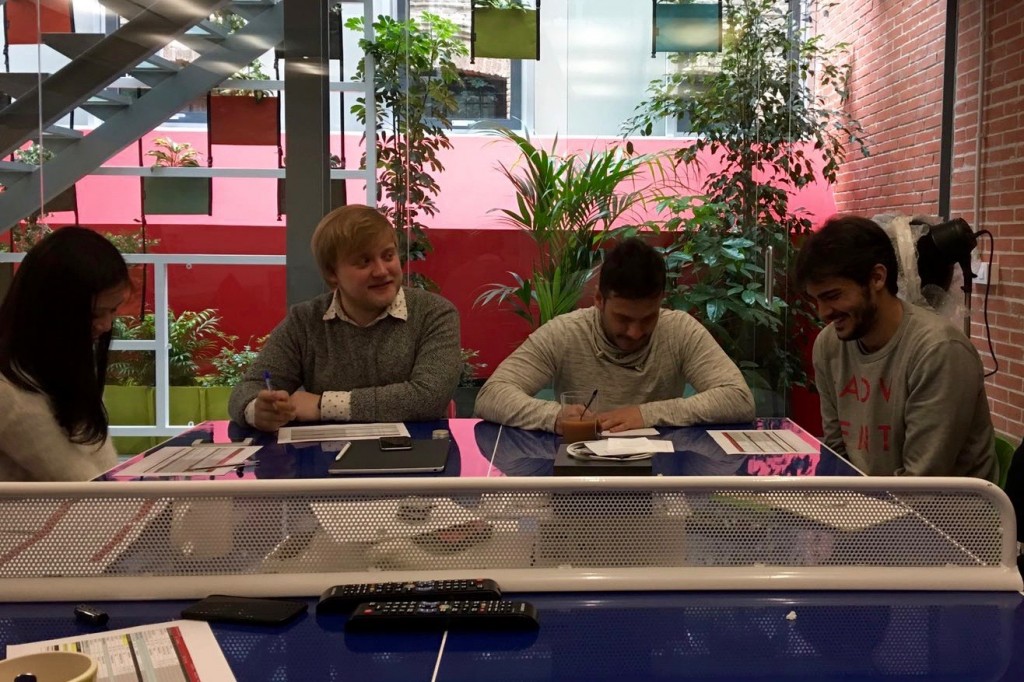
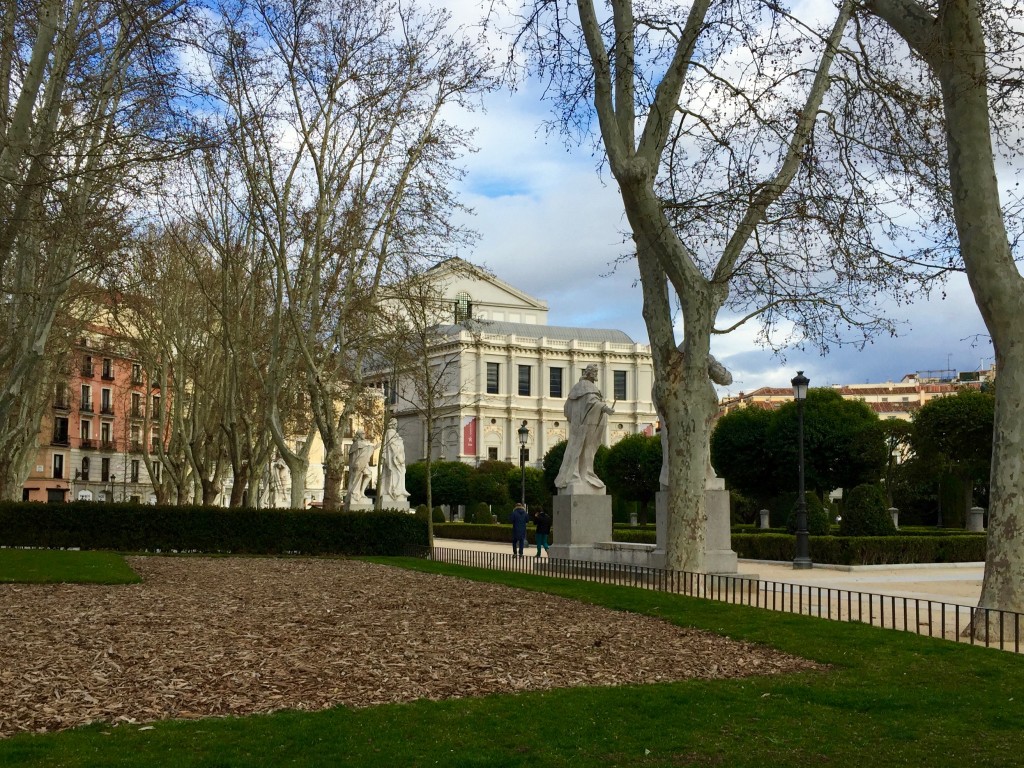
It also dawned upon me that my time in the city is sadly finite, and so I should probably relax a little and begin to enjoy the sights and things to do that it offers, instead of spending all my time washing and cleaning and doing menial cooking of my own (let’s be honest) mediocre food. To this end I have been taking the opportunity to pay a daily visit to the Temple of Debod, which is situated right next to the studio, and which offers tonnes of grassy space, a fountain, stunning views over the west of the city and the huge public park “Casa de Campo”, and most importantly: lots of dogs.
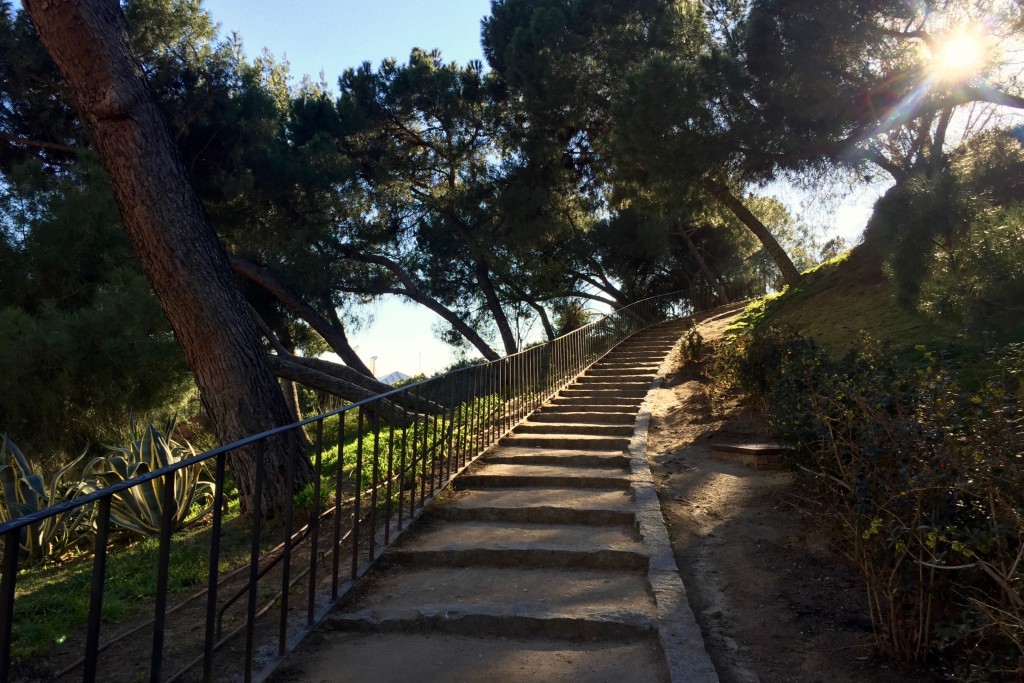

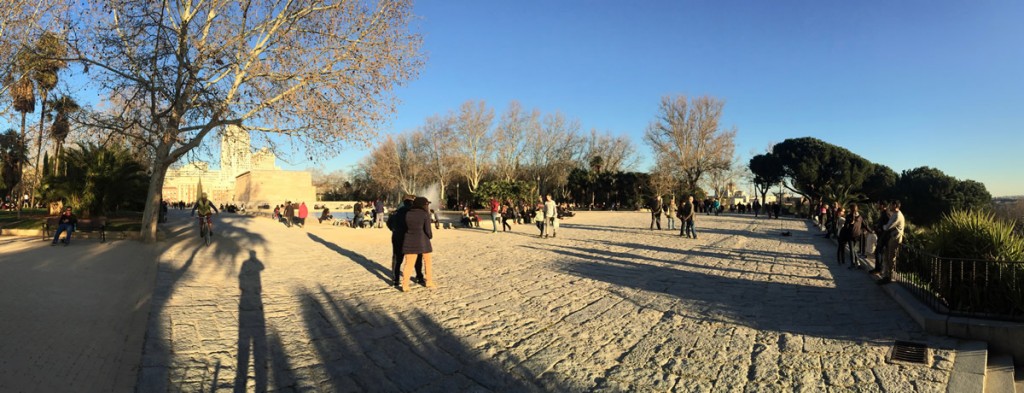
Whilst there I have been proofreading an essay for Danni, writing my previous blog post about Easter in Madrid, and generally doing other bits of design work, such as a PDF guide for my parents to use on their phone when they visit – I will post a feature on that at some point once it’s done – I spent ages designing a matrix of 20 windows for the front cover!
Anyway, back to the streets of Madrid. After work this past week or so I have also been taking the opportunity to go on a mini culinary tour of the city, which was kind of forced onto me as one night I realised I was an hour from home and it was 10pm and I hadn’t eaten a thing since lunch – so I headed straight for Sol in the centre of the city and to Bacoa, the burger joint I tried when I first got here. It was as delicious as I remembered, even if I had to sit there for a while to digest…
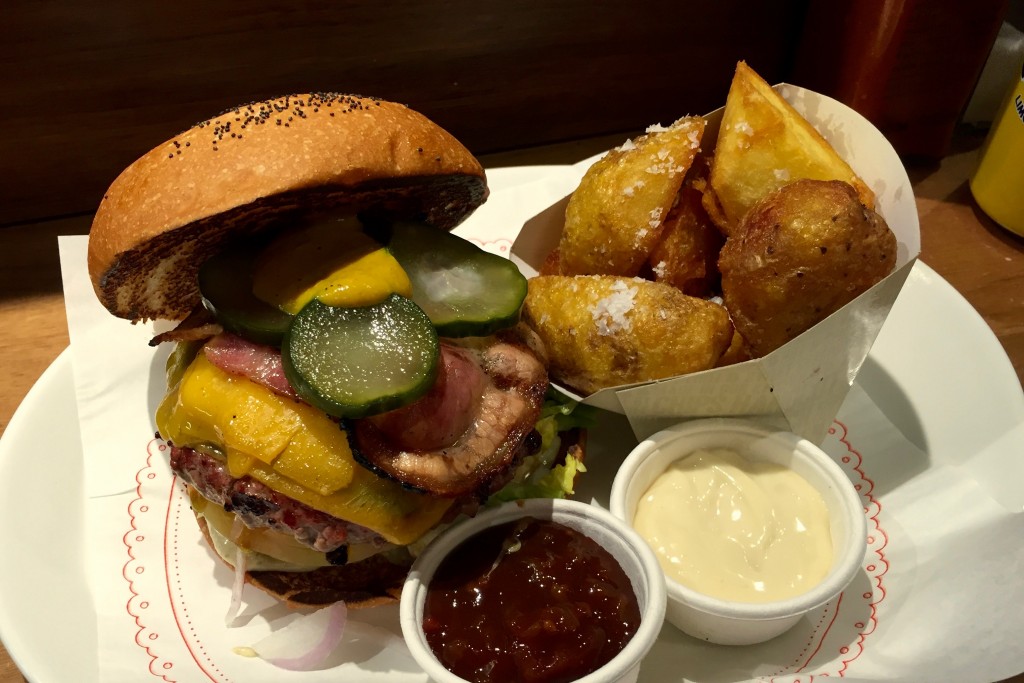
Another evening I asked for recommendations from the team in the studio, and I was pointed towards Plaza Mayor, which I was a little dubious of as it is one of the main tourist traps, encircled by bars charging 6€ for a small beer. I headed through the square and onto a street behind it, and found the place I’d been recommended, La Toná, where everything was surprisingly cheap and delicious! I treated myself to a squid montadito, or small sandwich, and a plate of patatas bravas, potatoes in a spicy tomato sauce.
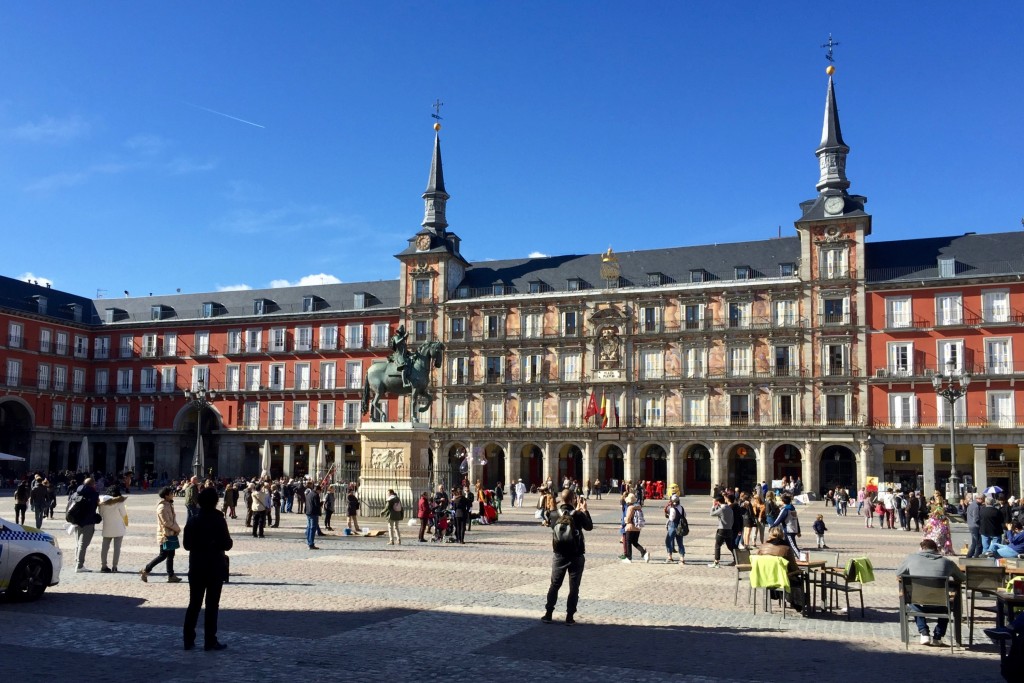
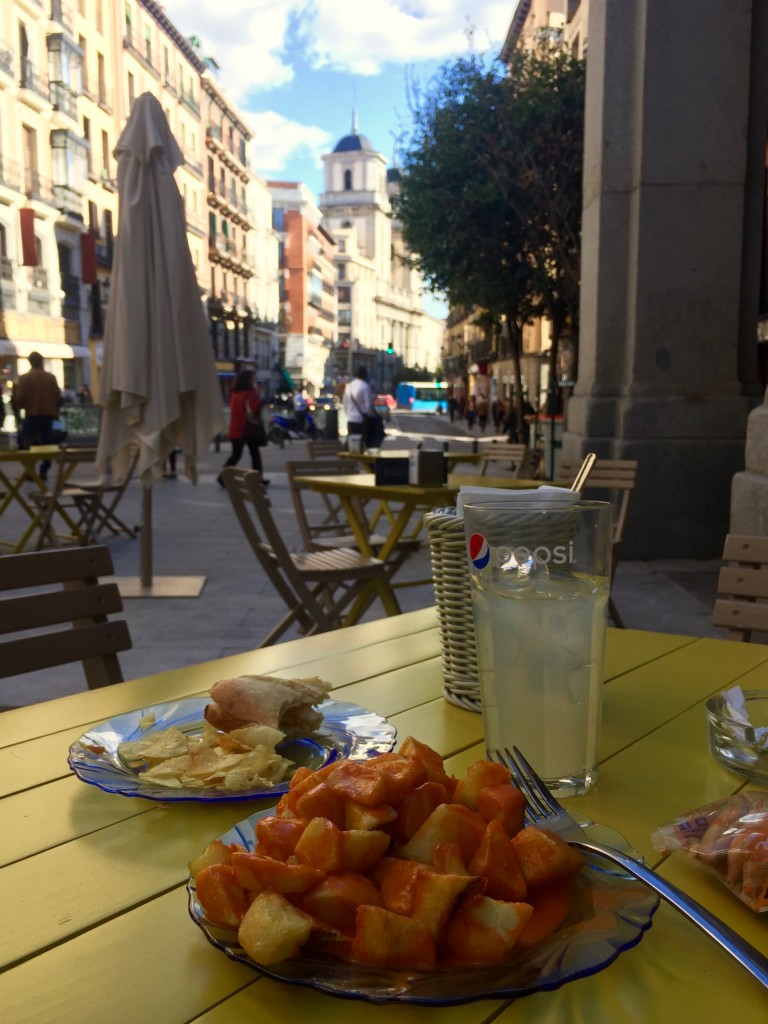
Life doesn’t get much better than tapas on a terrace with a lovely view.
Pretty soon it was the weekend, and time to find something to do. Having been ill on-and-off for a while, I decided to take it easy and head to the city’s favourite chill out spot, Parque del Retiro. There, I found a beautiful spot to seat myself overlooking the boating lake and shaded by some trees, and proceeded to do pretty much nothing but sunbathe for a few hours.
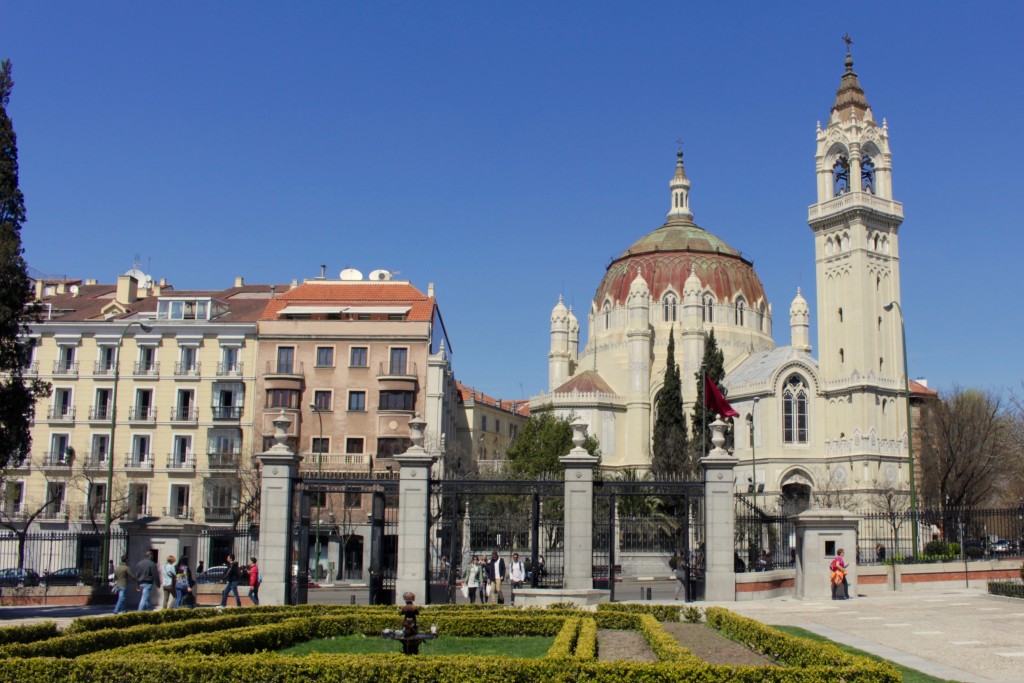
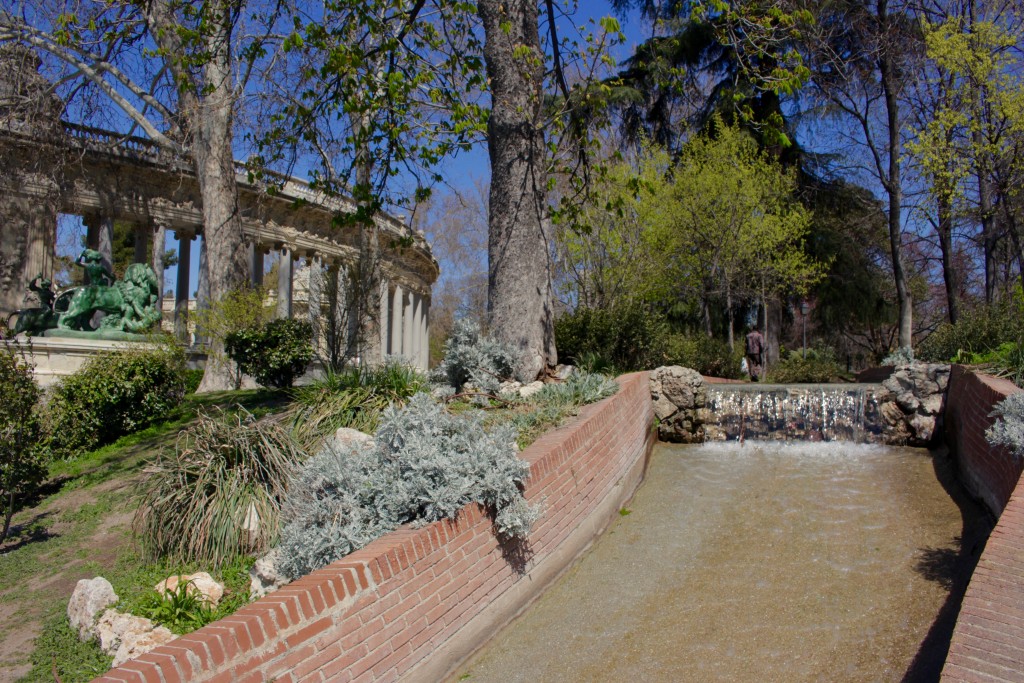
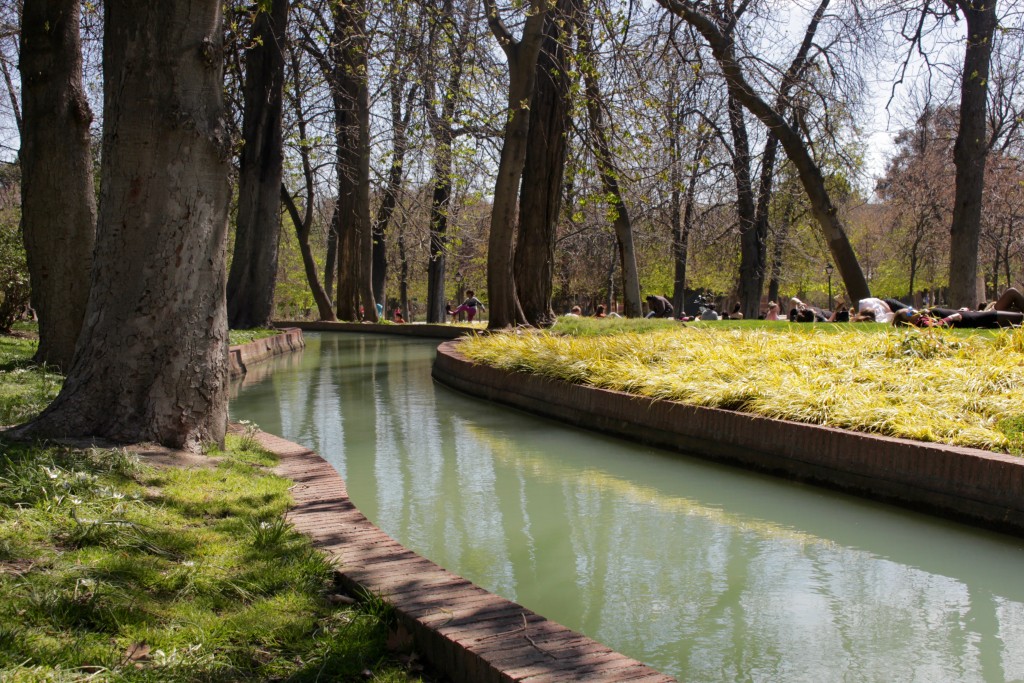
After a snoozy spell in the park, I decided to head back through the city on foot to take in some more of the Saturday afternoon ambience in the centre. Camera in tow, I visited one of what I think is the most interesting and beautiful spots in the city, a little plaza bordered by a smattering wildly differently styled buildings from Spain’s various eras of history. Here’s a (pretty bad) photo…
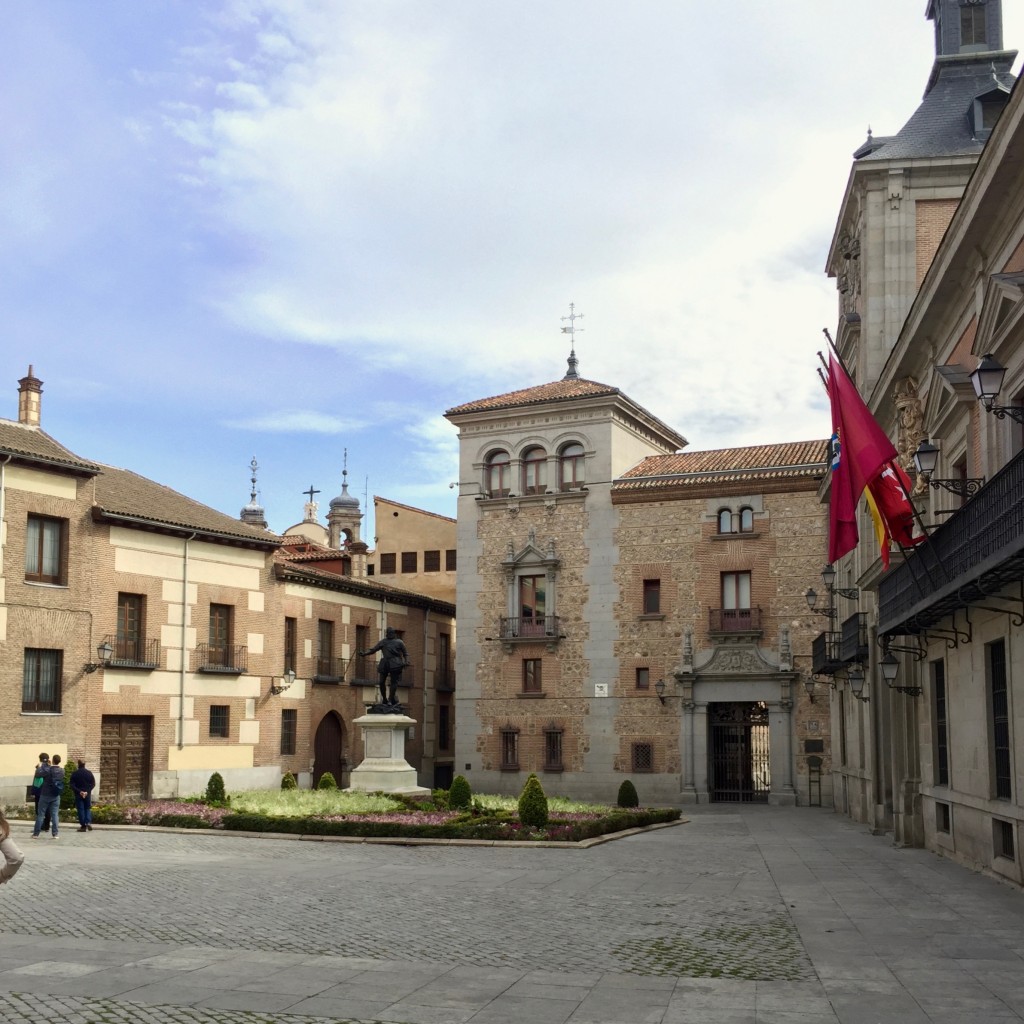
Hot weather calls for guilty pleasures.
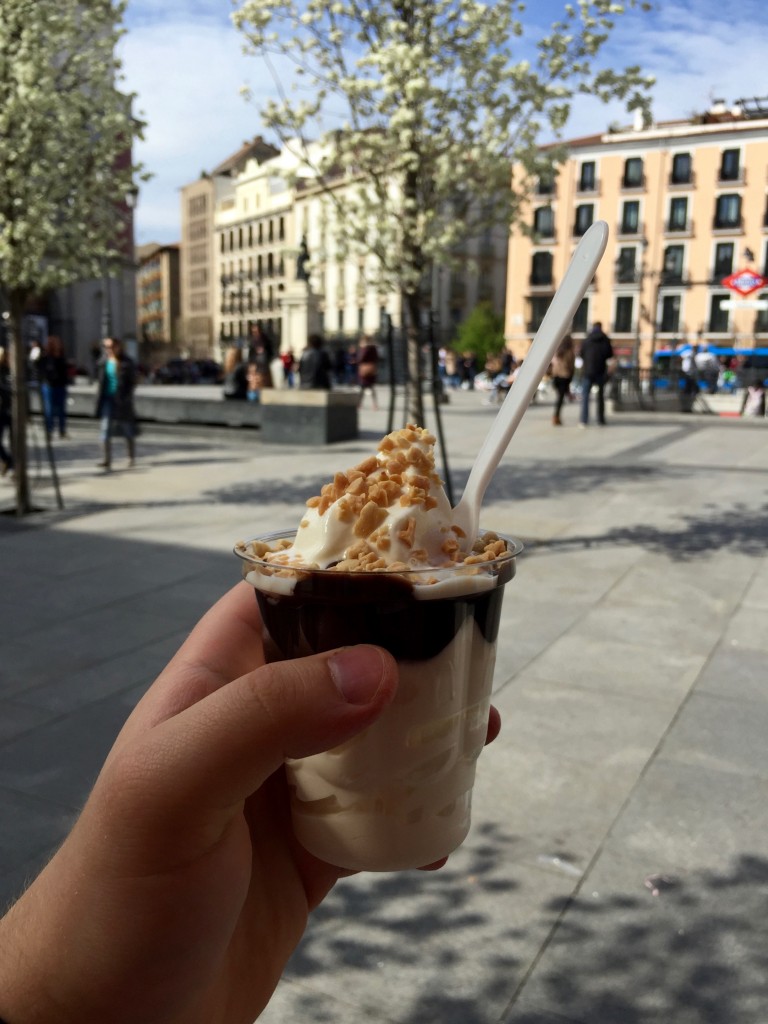
On Saturday night I met up with my ex-flatmates Vero and Levin, plus some of their friends, and we headed out for an evening of tacos and karaoke! We started at one of my favourite spots, Taquería Mi Ciudad, where many tacos and margaritas were consumed, and then we headed off to the Barrio de las Letras where we sang Robin Williams very loudly and ate a tonne of pizza. It was ace!
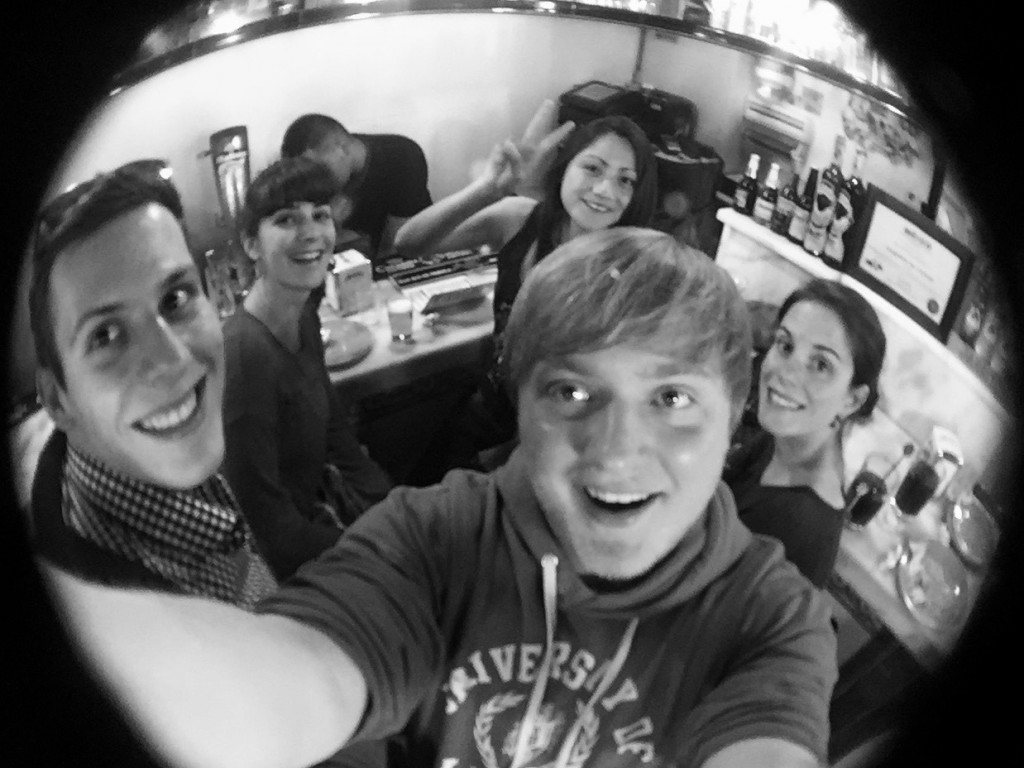
It’s back to work for now though, where I’m working on some really cool but still very confidential new projects. I thought I’d also take the opportunity to congratulate the team on their work on Natsuki, which just received a glowing review on one of my favourite design blogs, Brand New, which you can read here. I take no credit for this piece – it was all pretty much wrapped up before I showed up back in February!
You can keep up with what we’re up to in the studio on our Instagram and Facebook – I’ll even be posting the odd thing! Until then though it’s time to grab an early night and sleep off the tonne of fresh bread I just ate. I never learn.

